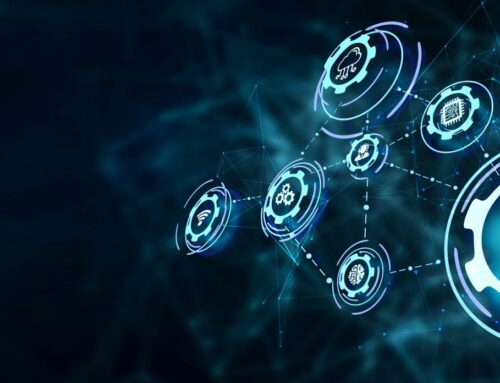
Security Spending Surge Driven by Zero Trust, Cloud-Based Services, and Remote Work
Spending on information security and risk management products and services has never been higher. According to Gartner, it is forecast to grow 11.3% in 2023 to reach more than $188.3 billion. Cloud security is the category forecast to have the strongest growth over the next two years.
Gartner’s Forecast Analysis: Information Security and Risk Management, Worldwide drilled into the various factors that lie behind the tremendous growth in security spending. The rise of remote and hybrid work, the transition from virtual private networks (VPNs) to zero trust network access (ZTNA), and the shift to cloud-based delivery models are the big drivers in rising security spending.
“The pandemic accelerated hybrid work and the shift to the cloud,” said Ruggero Contu, an analyst at Gartner. “Demand for technologies and services such as cloud security, application security, ZTNA, and threat intelligence has been rising to tackle new vulnerabilities and risks arising from this exposure.”
Surge in Security Services
Security services are particularly strong. Comprising consulting, hardware support, implementation, and a multitude of outsourced services from MSPs and security vendors, security services is now the largest category of spending. It is worth almost $72 billion this year and is expected to reach $76.5 billion in 2023. Thus, services amount to almost half of all security spending, a big change in recent times.
Part of the reason is the continued health of remote work. Now that the pandemic is largely behind us, most organizations are allowing employees to work from home. Hybrid models, too, are emerging. Technologies that enable a secure remote and hybrid work environment are in demand.
Zero trust network access, too, is driving revenue. As the fastest-growing segment in network security, ZTNA sales should jump by 36% in 2022 and 31% in 2023. This ties back to the need to protect home workers as well as a general transition away from depending upon VPNs for secure access. By 2025, at least 70% of new remote access deployments will be served by ZTNA, according to Gartner. This is a huge leap compared to only 10% of enterprises using ZTNA two years ago.
Perhaps the mega-driver, though, is an overall shift to cloud-based delivery models. Enterprises are wrestling with the complexity of multi-cloud environments that bring with them increased security risk. A great many organizations are looking for outside help to keep them stay safe in a multi-cloud world. MSPs and vendor-based SaaS options have stepped up to fill the need.
Syxsense Offers Zero Trust, Cloud-Based Services, and Remote Work Security
Gartner names zero trust, cloud-based services, and remote work as the major trends driving security spending. Syxsense provides products and services that encompass all of them. Syxsense Enterprise incorporates an integrated Zero Trust module as a further way to enhance its vulnerability detection management and remediation capabilities.
Those organizations considering a Zero Trust strategy can utilize Syxsense Enterprise as a fast and reliable way to implement it. It consolidates patching, vulnerability scanning, remediation, mobile device management (MDM), and zero trust technologies in a single, integrated solution.
The Syxsense Zero Trust module within Syxsense Enterprise enables endpoint compliance using Zero Trust Network Access policies. This approach is vitally needed as traditional authentication solutions are not designed to evaluate device health, enforce granular policy compliance, or automate risk remediation. The Syxsense Zero Trust module serves as a trust evaluation engine for endpoints. It offers unparalleled visibility and control over network access policies, while enabling security teams to build sophisticated access policies and remediation workflows to ensure complete ZTNA compliance across the enterprise.
In addition to accepting or denying access based on device Security Posture, it can automatically apply fixes and remediate issues in real time to enable proper access. Actions that lie outside the range of the Security Posture automatically trigger alerts and the need for full device and user verification. This might include a laptop accessing a NetSuite server after hours from un unfamiliar IP address and location. Such a circumstance would be blocked immediately. But where Syxsense really differentiates itself from the competition is through automated remediation of non-compliant endpoints. Remediation actions might include deploying an urgently needed security patch, updating the anti-virus signature database, and alerting IT about unauthorized access attempts.







